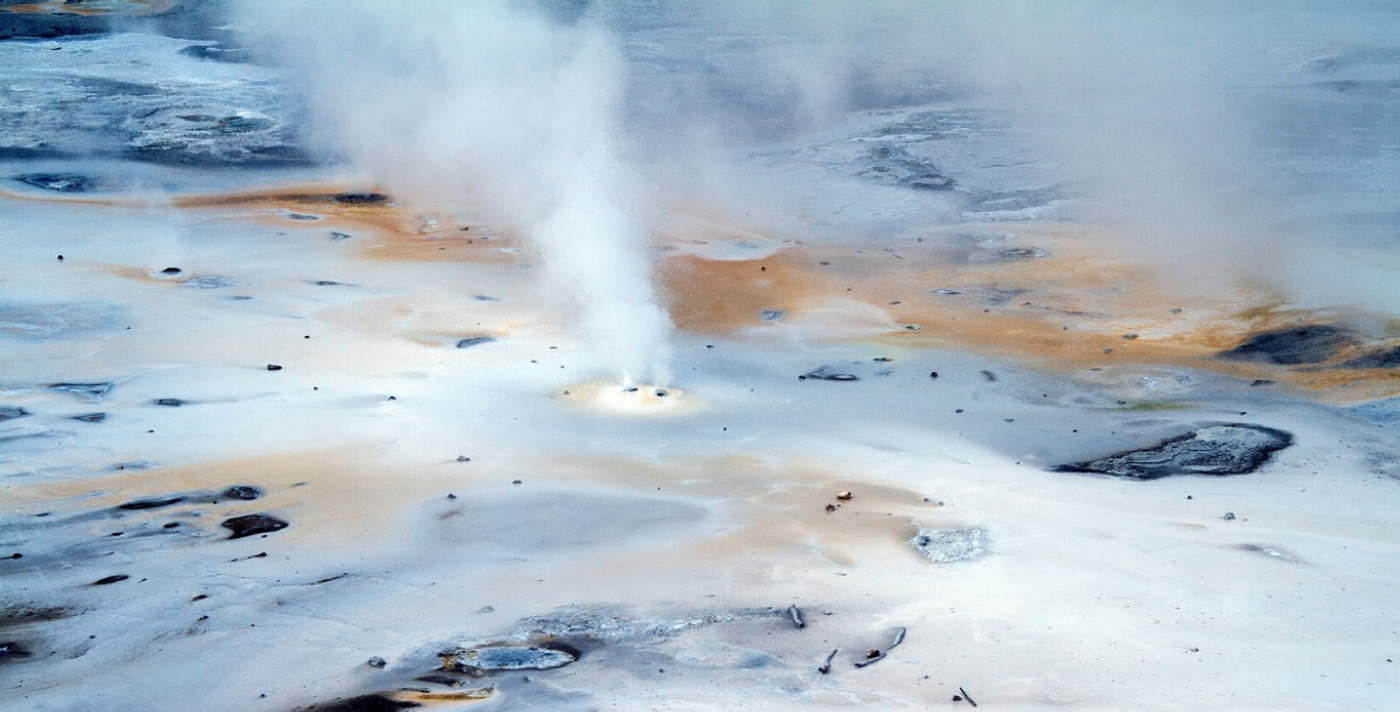How Geological Conditions Could Have Paved the Way for Life
Scientists have identified the likely geological and environmental conditions that fostered the development of life as we know it on planet Earth. This setting is a place where the basic parts of nucleic acids like RNA and DNA would have likely formed and been able to replicate, a scenario that theoretically could have paved the way for the evolution of biological organisms. This simple setting is described as a narrow water channel over which gases can flow; these characteristics can create the physical and chemical requirements necessary for nucleic acid replication. The findings have been reported in eLife.
Researchers have long been searching for the origins of life on Earth. One theory posits that DNA and RNA replication was central to the emergence of life. Everything from bacteria to fungi, plants, animals and even viruses contain nucleic acids, and they provide the instructions for the creation of all of those life forms. Both DNA and RNA can also change, evolve, and influence one another in various ways. Cells of all types translate messenger RNA molecules into proteins, which are often the basic building blocks of cells, or molecules that carry out cellular functions.
DNA is a double-stranded molecule that is replicated when cells divide, but the process may be even older than cells. RNA is single-stranded but can also replicate by forming double-stranded molecules.
RNA that can replicate into a double-stranded form has to also be able to separate again during the replication cycle. However, nucleic acid and salt concentrations typically have to be high during replication, which can impede strand separation.
"Various mechanisms have been studied for their potential to separate DNA strands at the origin of life, but they all require temperature changes that would lead to degradation of nucleic acids," said lead study author Philipp Schwintek, a graduate student in Systems Biophysics at Ludwig-Maximilians-Universität München. "We investigated a simple and ubiquitous geological scenario where water movement through a rock pore was dried by a gas percolating through the rock to reach the surface. Such a setting would be very common on volcanic islands on early Earth which offered the necessary dry conditions for RNA synthesis."
The researchers created a model of this rock pore, with an upward flux of evaporated water intersecting with a gas flux, generating dissolved gas molecules on the surface. The gas flux also creates a current that forces molecules back into the water. Short DNA fragments with fluorescent labels showed that DNA started to build up at the intersection of the gas and water, as water continuously evaporated at the surface.
This model showed that nucleic acids could accumulate at the right concentrations. Strand separation, however, is usually achieved with temperature changes, but high salt concentrations are an alternative method.
Additional work revealed that the vortex that is generated at the gas-water interface could also dramatically change salt concentration, to levels that may be high enough cause strand separation.
"In this work we investigated a plausible and abundant geological environment that could trigger the replication of early life. We considered a setting of gas flowing over an open rock pore filled with water, without any change in temperature, and found that the combined gas and water flow can trigger salt fluctuations which support DNA replication," explained senior study author Dieter Braun, a Professor of Systems Biophysics at Ludwig-Maximilians-Universität München.
"Since this is a very simple geometry, our findings greatly extend the repertoire of potential environments that could enable replication on early planets."
Source: Phys.org via eLife, eLife









